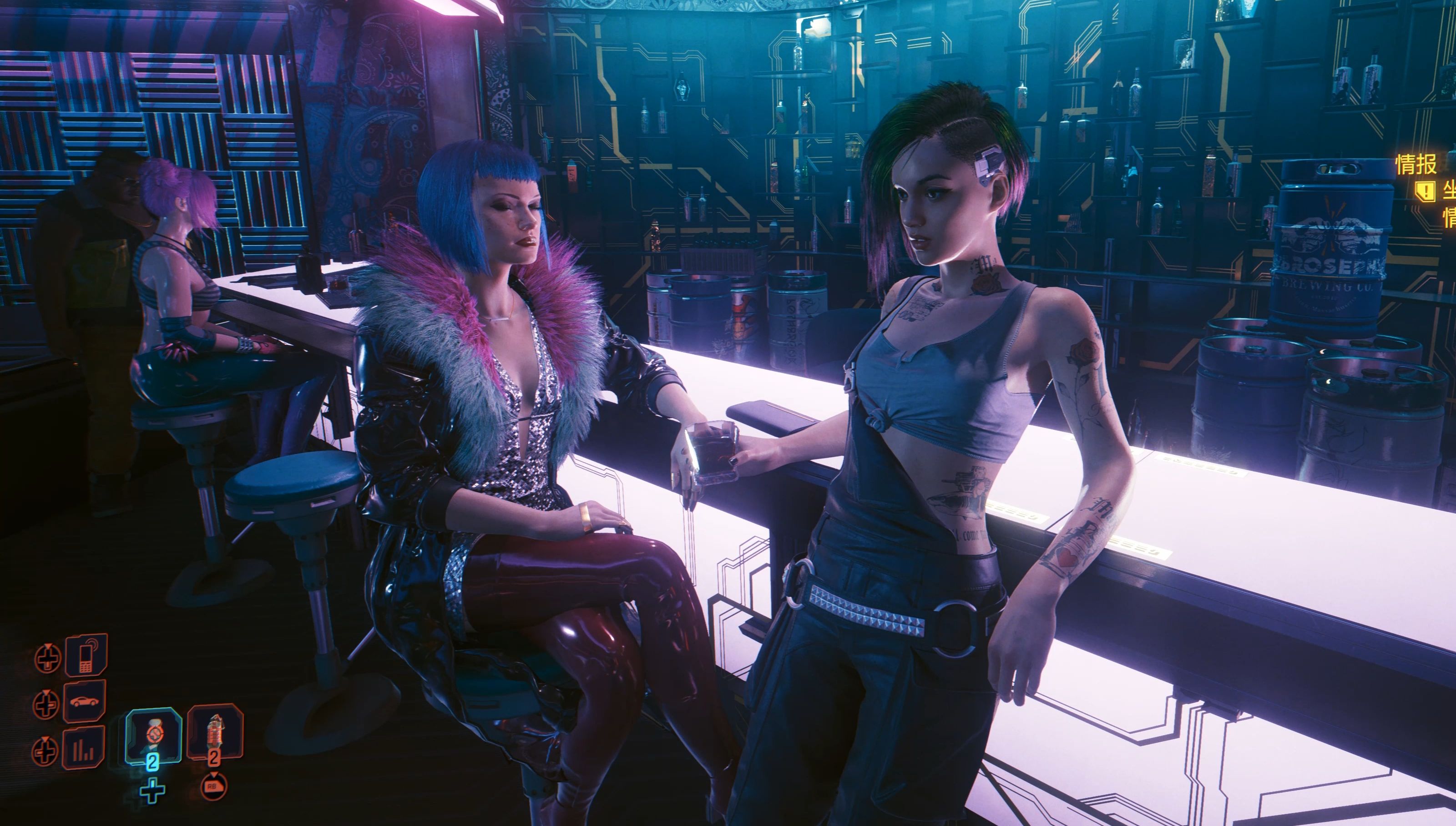Dusk Score: 90s FPS Nostalgia
The late 1990s were a golden age for first-person shooters (FPS). Games like Doom, Quake, and Duke Nukem 3D defined a generation with their fast-paced action, labyrinthine levels, and raw, unfiltered gameplay. Decades later, Dusk emerged as a love letter to that era—not just in aesthetics, but in spirit. With a Metacritic score of 90, Dusk doesn’t just mimic the past; it refines it, offering a modern experience steeped in nostalgia.

The DNA of a Classic
Dusk wears its influences proudly. The game’s low-poly visuals, chunky weapon models, and pixelated textures immediately evoke the look of late-'90s shooters. But it’s not just about appearances. The movement speed is blistering, the level design is nonlinear, and the enemies are relentless—just like the classics. Unlike many modern shooters that prioritize realism or cinematic storytelling, Dusk embraces the arcade-style chaos that made '90s FPS games so exhilarating.
The soundtrack, composed by Andrew Hulshult (known for his work on Quake Champions and Rise of the Triad: Ludicrous Edition), amplifies the experience with heavy metal riffs and eerie ambient tracks. It’s the perfect accompaniment to the game’s frenetic combat and unsettling horror elements.
Gameplay: Fast, Fluid, and Brutal
Dusk’s gameplay is a masterclass in old-school FPS design. There’s no regenerating health, no two-weapon limit, and no hand-holding. Players must manage resources, memorize enemy patterns, and navigate sprawling levels filled with secrets. The arsenal—ranging from dual pistols to a devastating sickles—feels weighty and satisfying, each weapon serving a distinct purpose.
The level design is a standout feature. Unlike many modern shooters with linear corridors, Dusk encourages exploration. Hidden passages, environmental puzzles, and optional challenges reward players who take the time to scour every corner. This design philosophy harkens back to an era when FPS games were as much about discovery as they were about shooting.
Horror Meets Action
While Dusk is primarily an action game, it also incorporates horror elements reminiscent of Quake’s Lovecraftian influences. Dark corridors, grotesque enemies, and unsettling sound design create moments of genuine tension. The game’s three-episode structure gradually ramps up the horror, culminating in a nightmarish finale that wouldn’t feel out of place in a Doom or Blood expansion.
Why It Resonates
Dusk succeeds because it understands what made '90s shooters special: speed, freedom, and unapologetic challenge. Modern FPS games often prioritize realism or narrative, but Dusk strips away the excess, delivering pure, adrenaline-fueled gameplay. It’s not just a nostalgia trip—it’s a reminder of why these mechanics still hold up today.
For players who grew up with Doom and Quake, Dusk feels like coming home. For newcomers, it’s a gateway to understanding why these games were revolutionary. With a score of 90, Dusk isn’t just a retro throwback—it’s one of the best FPS games of its generation.
In an industry obsessed with photorealism and open worlds, Dusk proves that sometimes, the best way forward is to look back.














